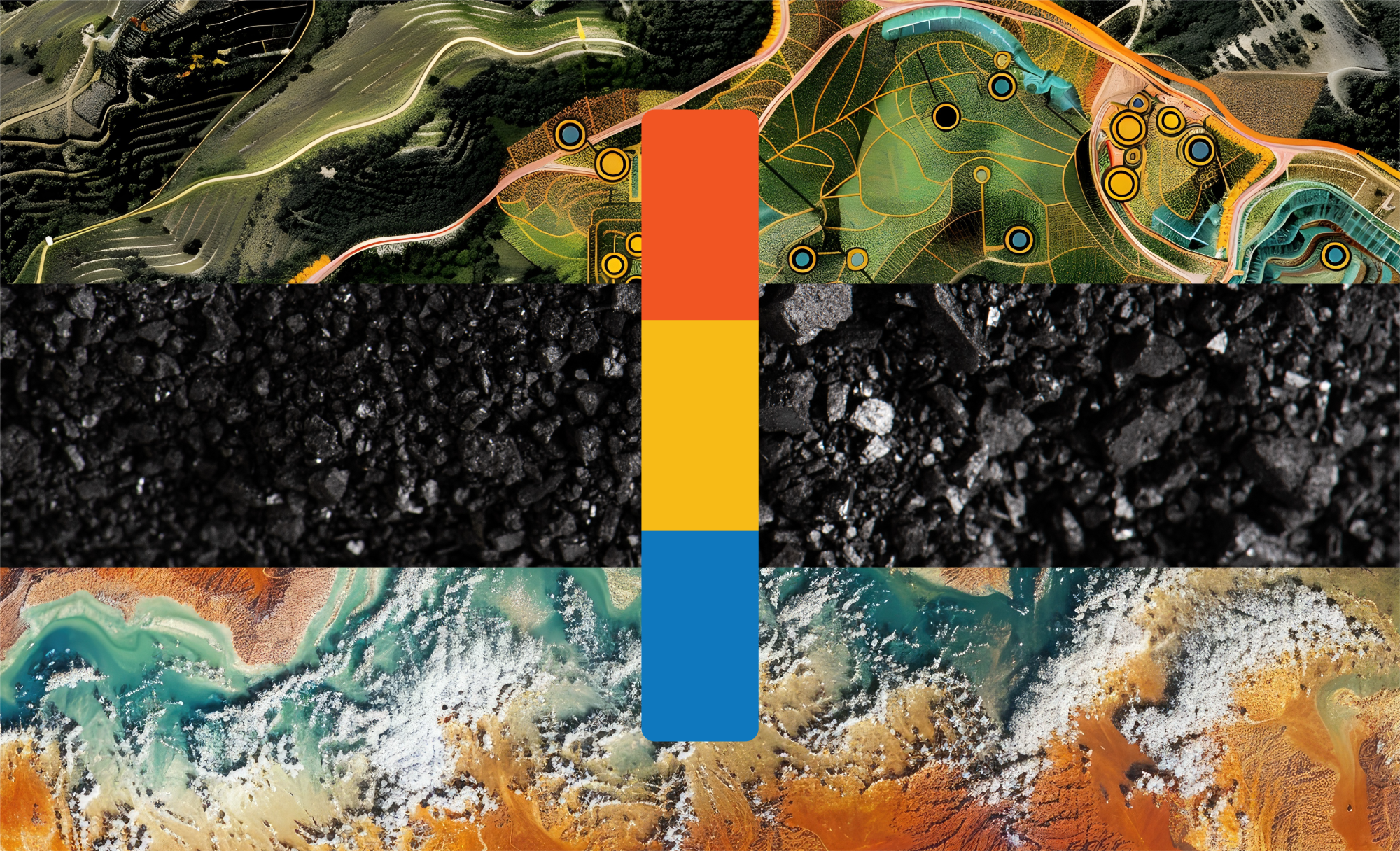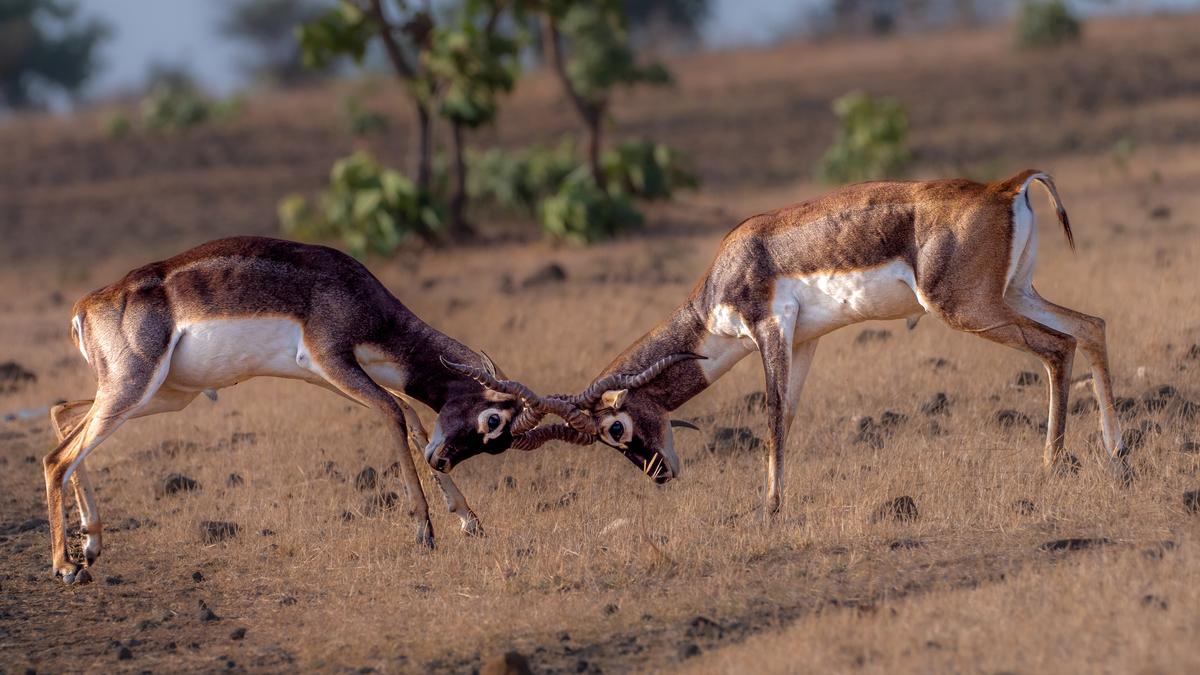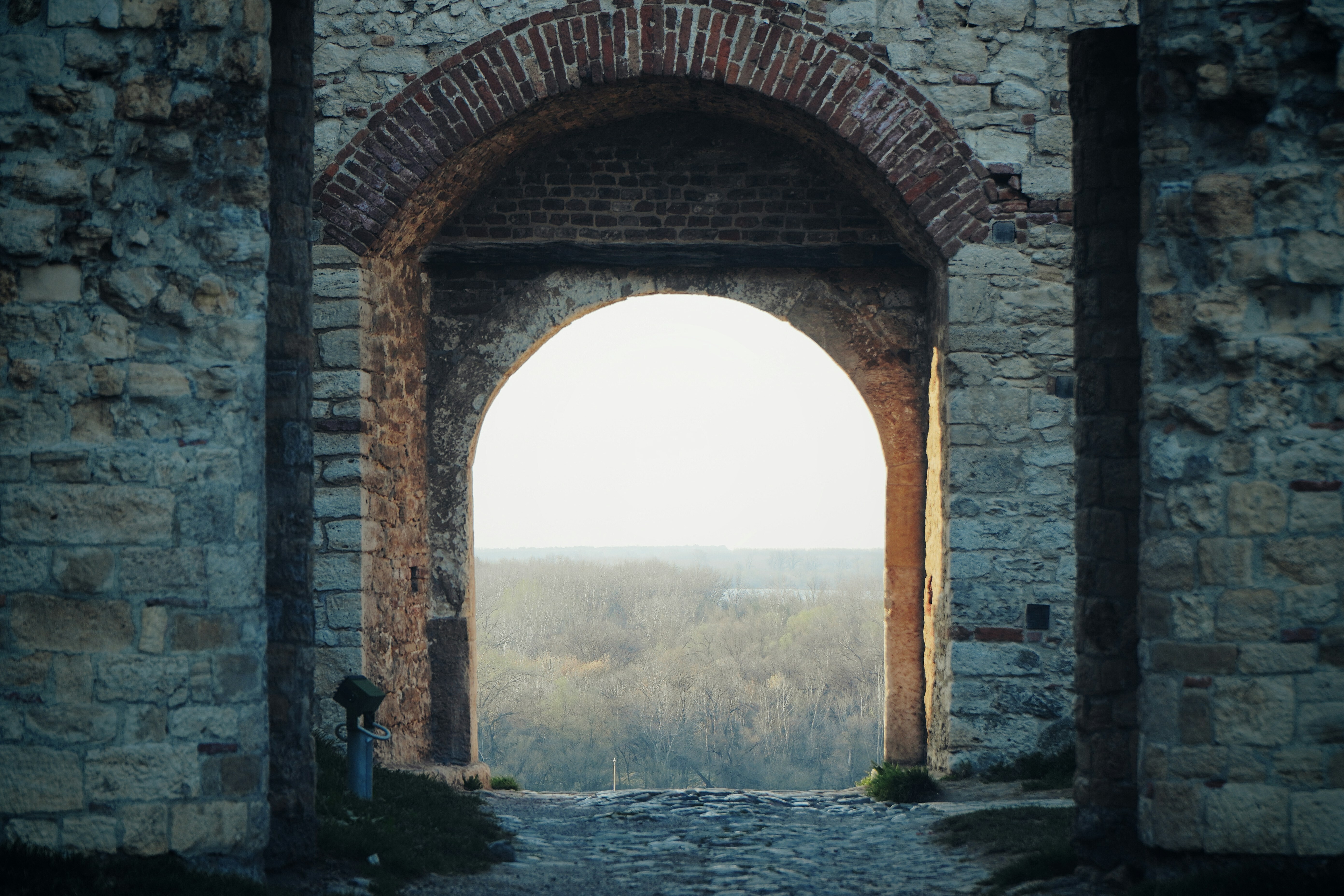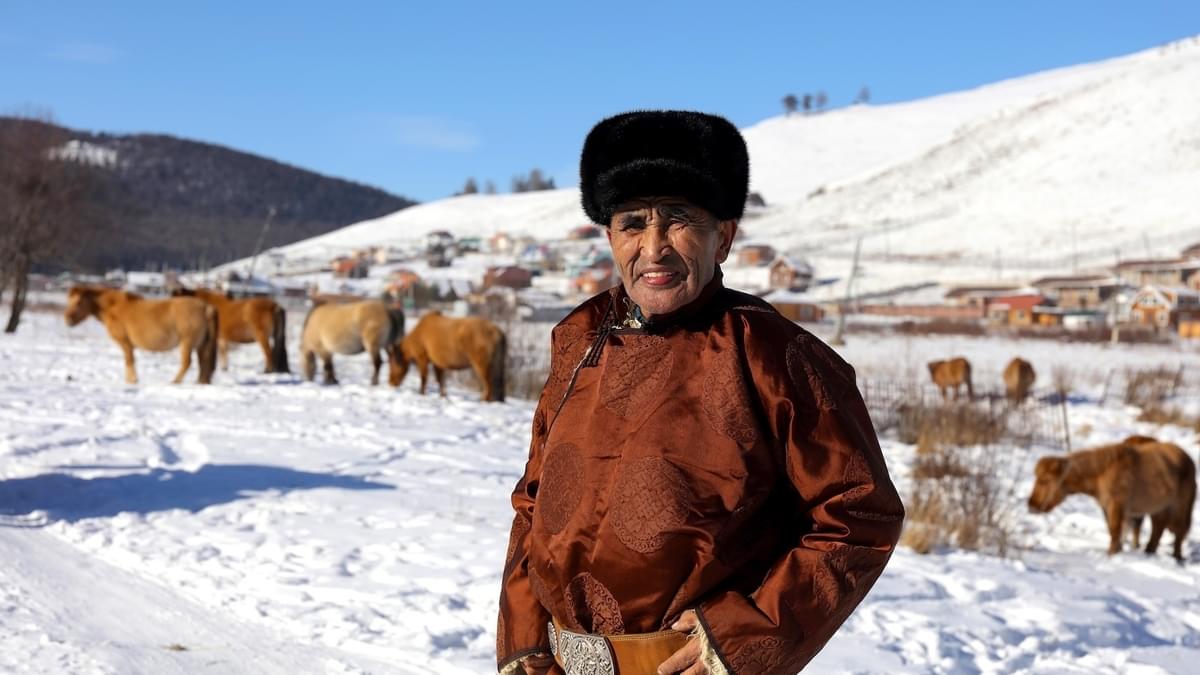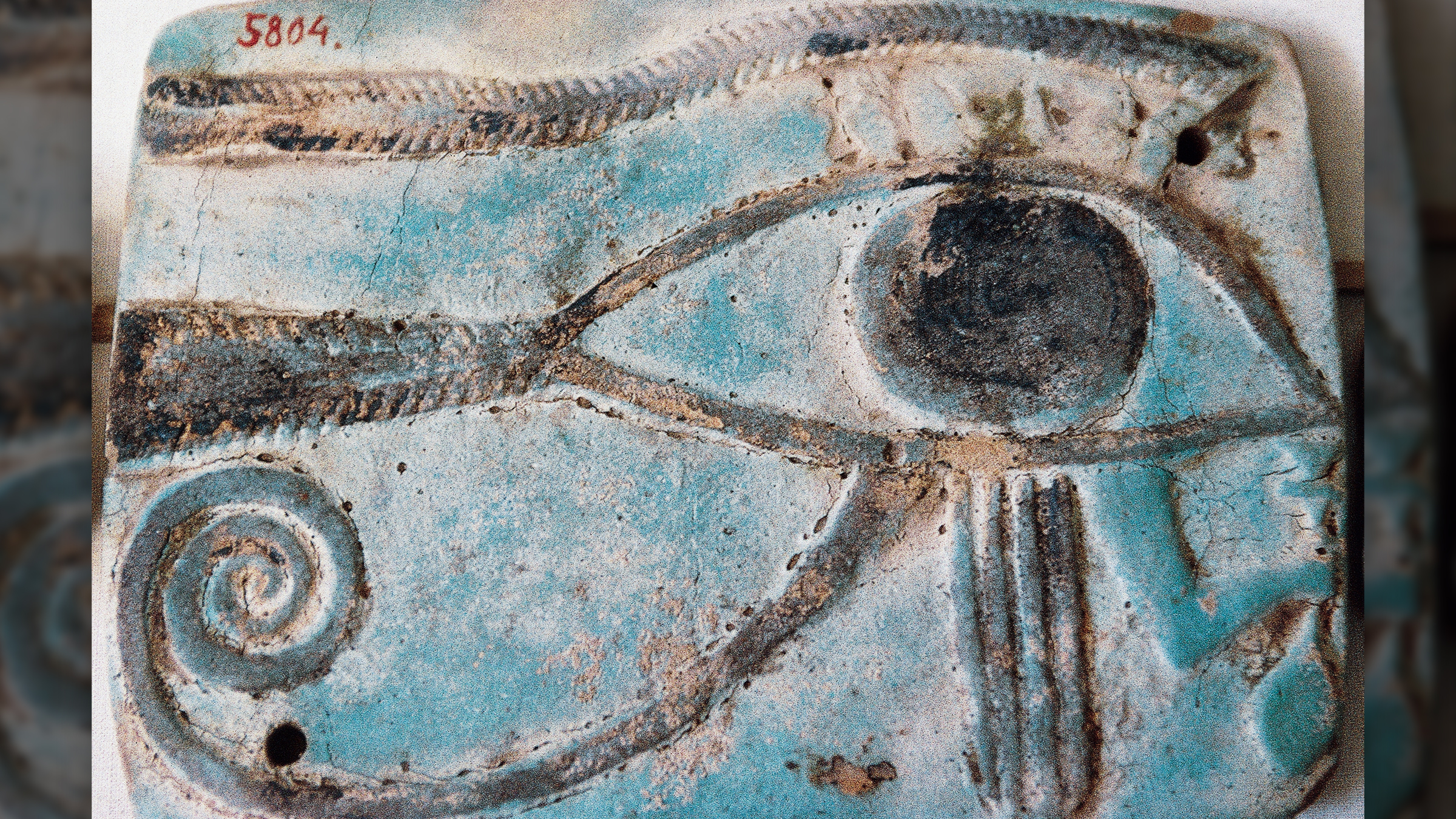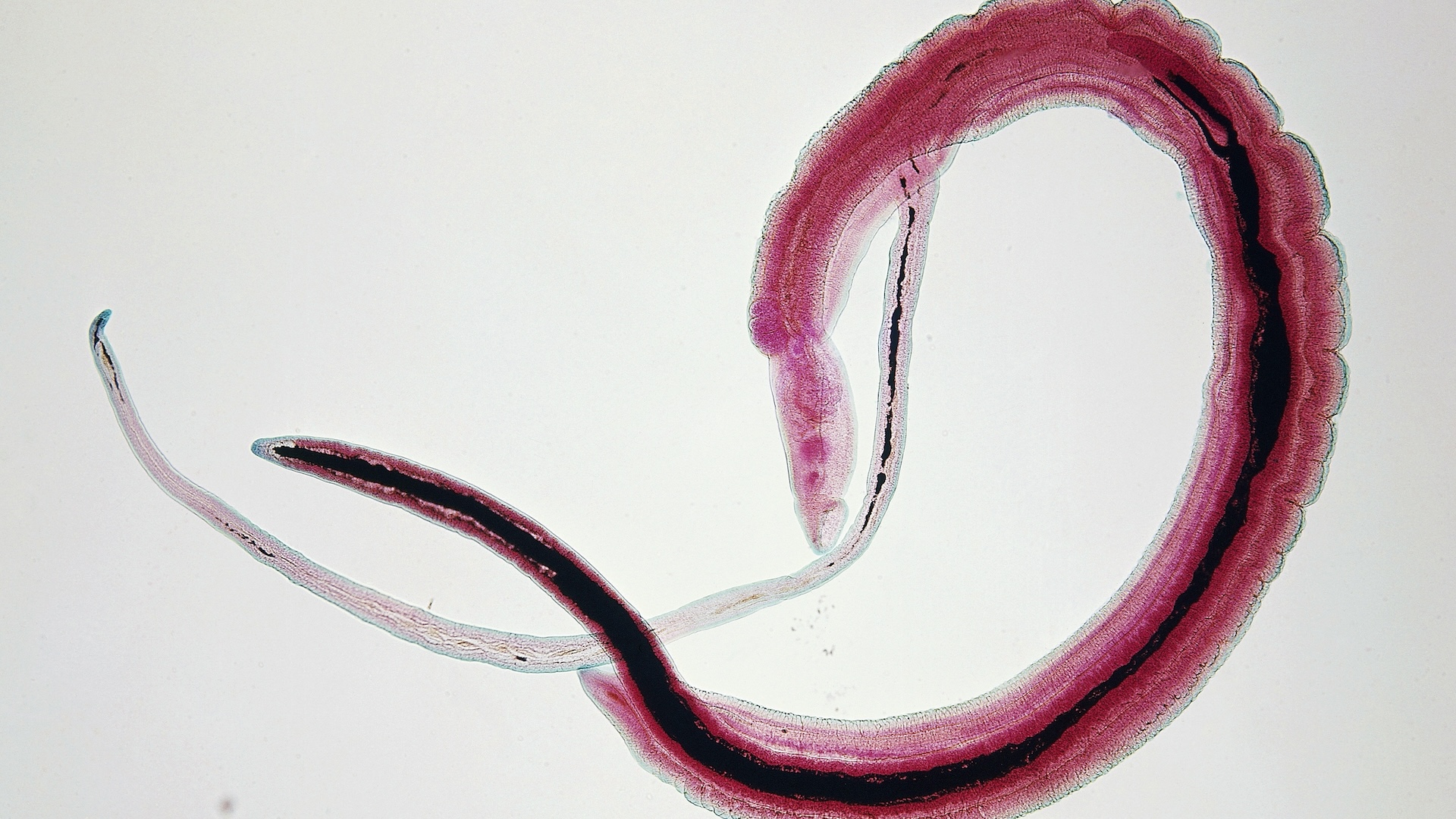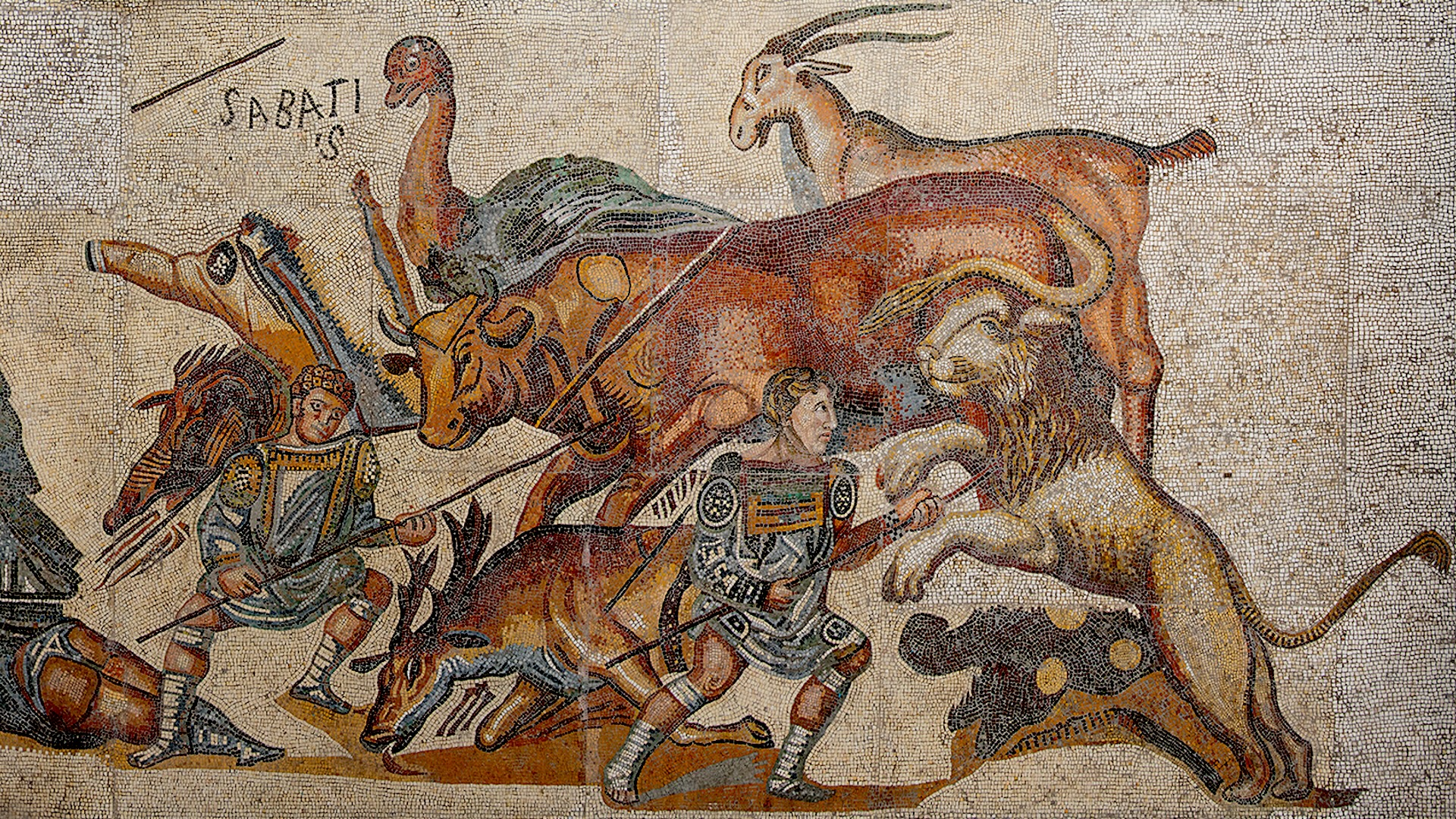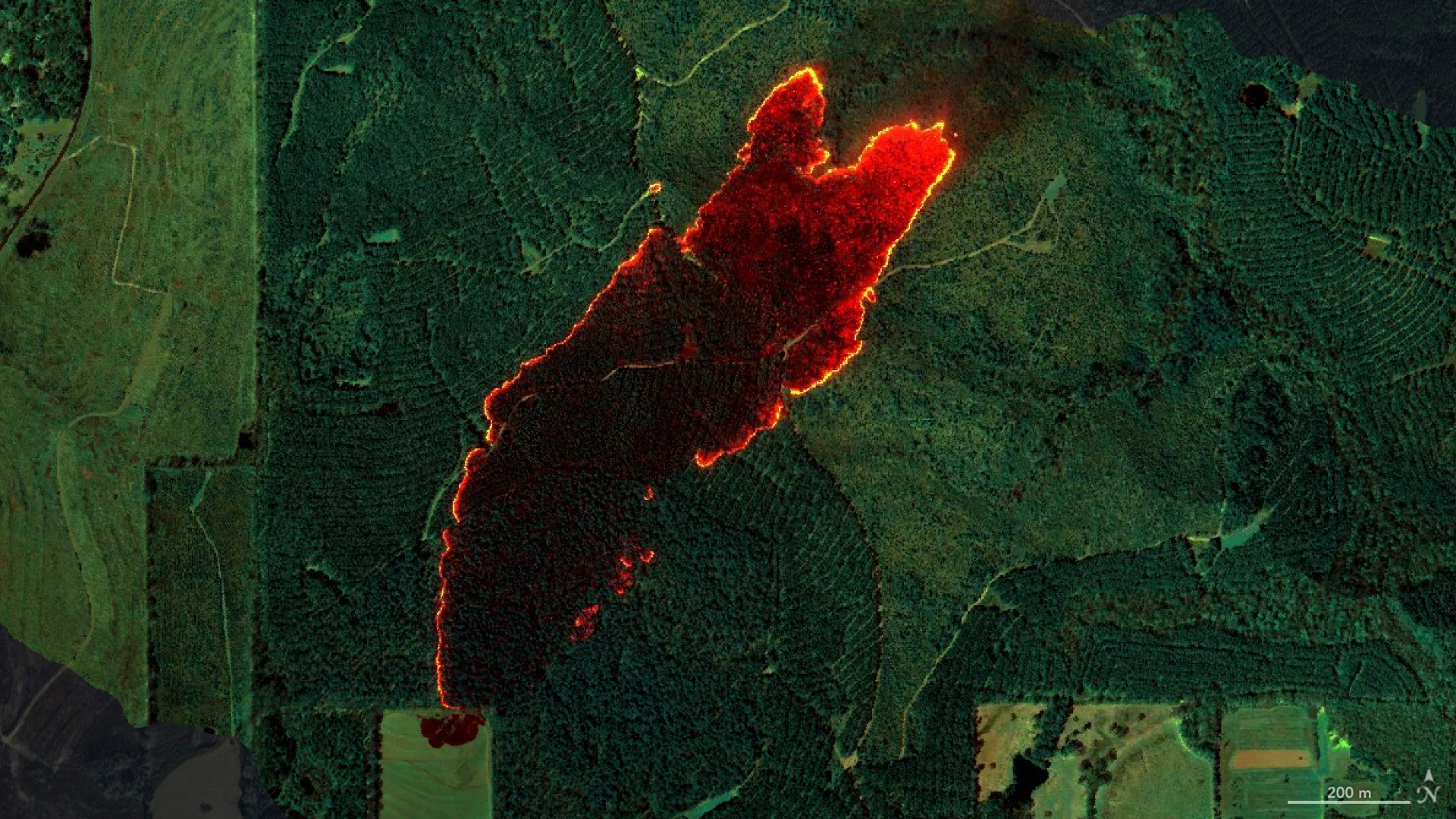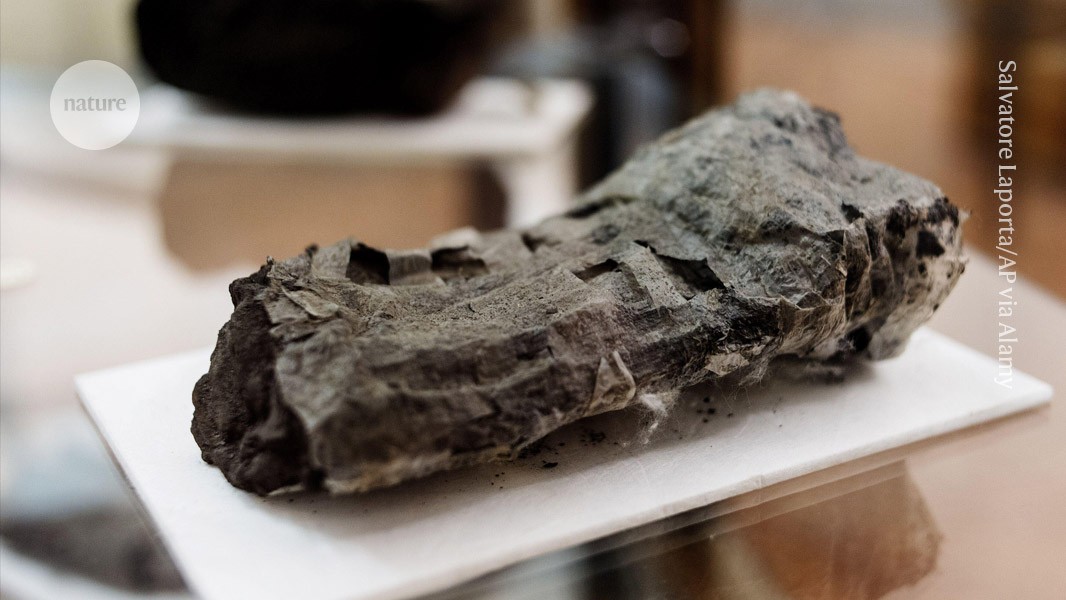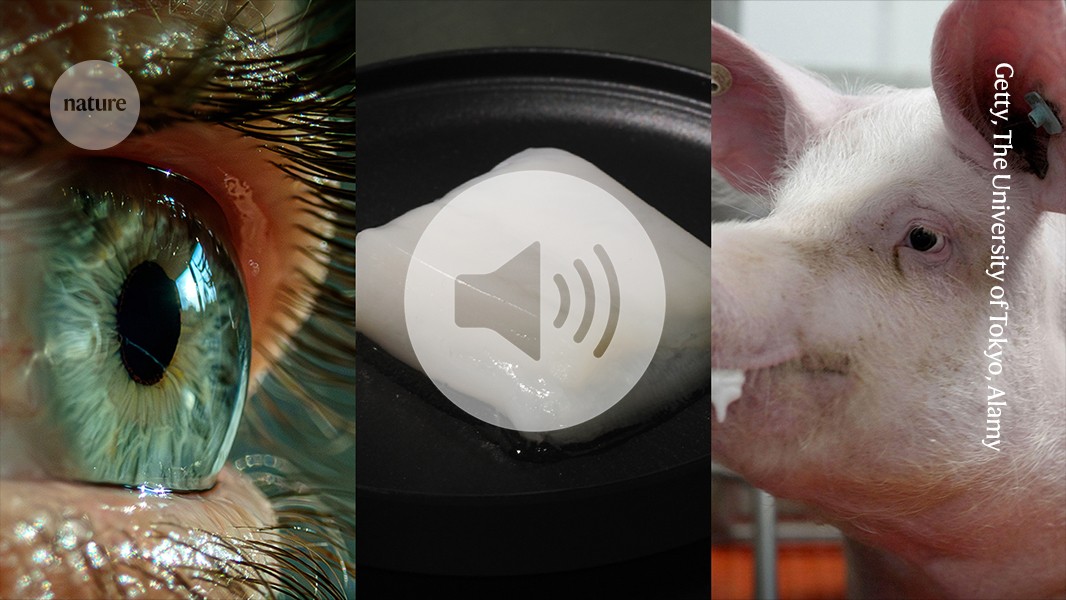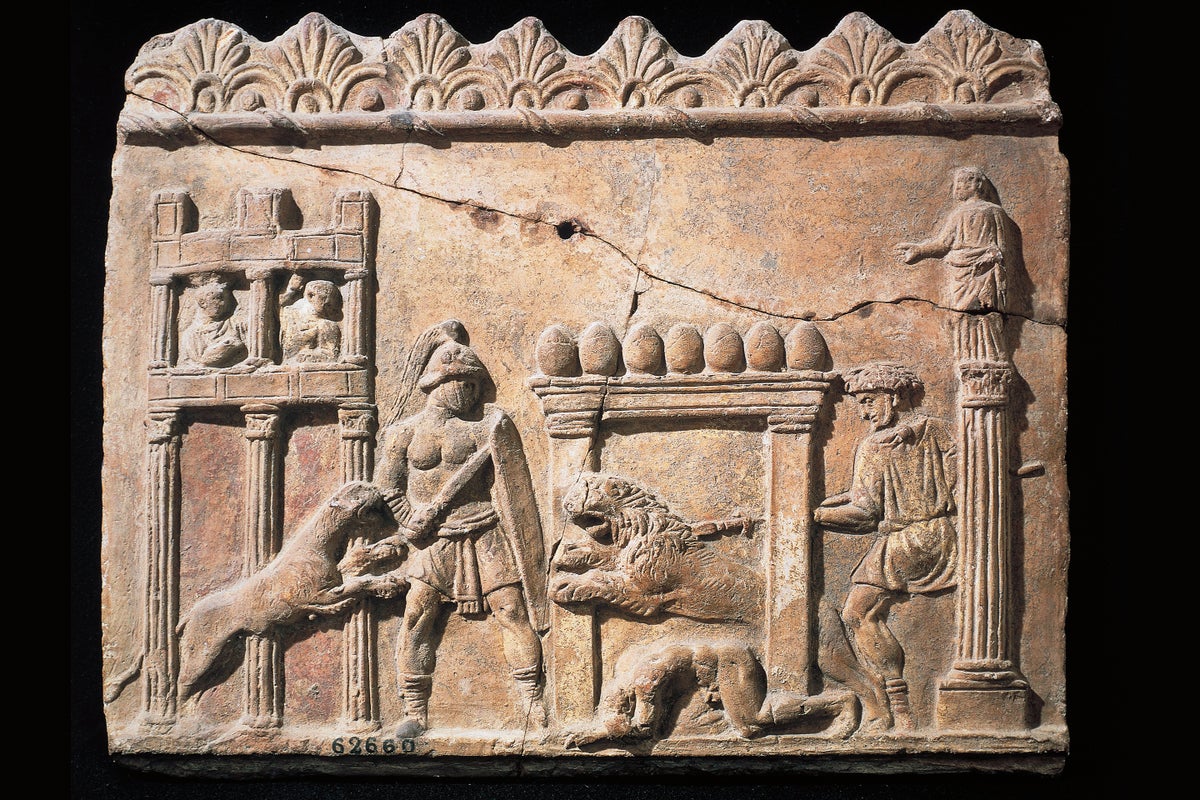Cheers to Bronze Age humans for delicious Italian wine
Grape cultivation in Italy goes back to roughly 1400 BCE. The post Cheers to Bronze Age humans for delicious Italian wine appeared first on Popular Science.
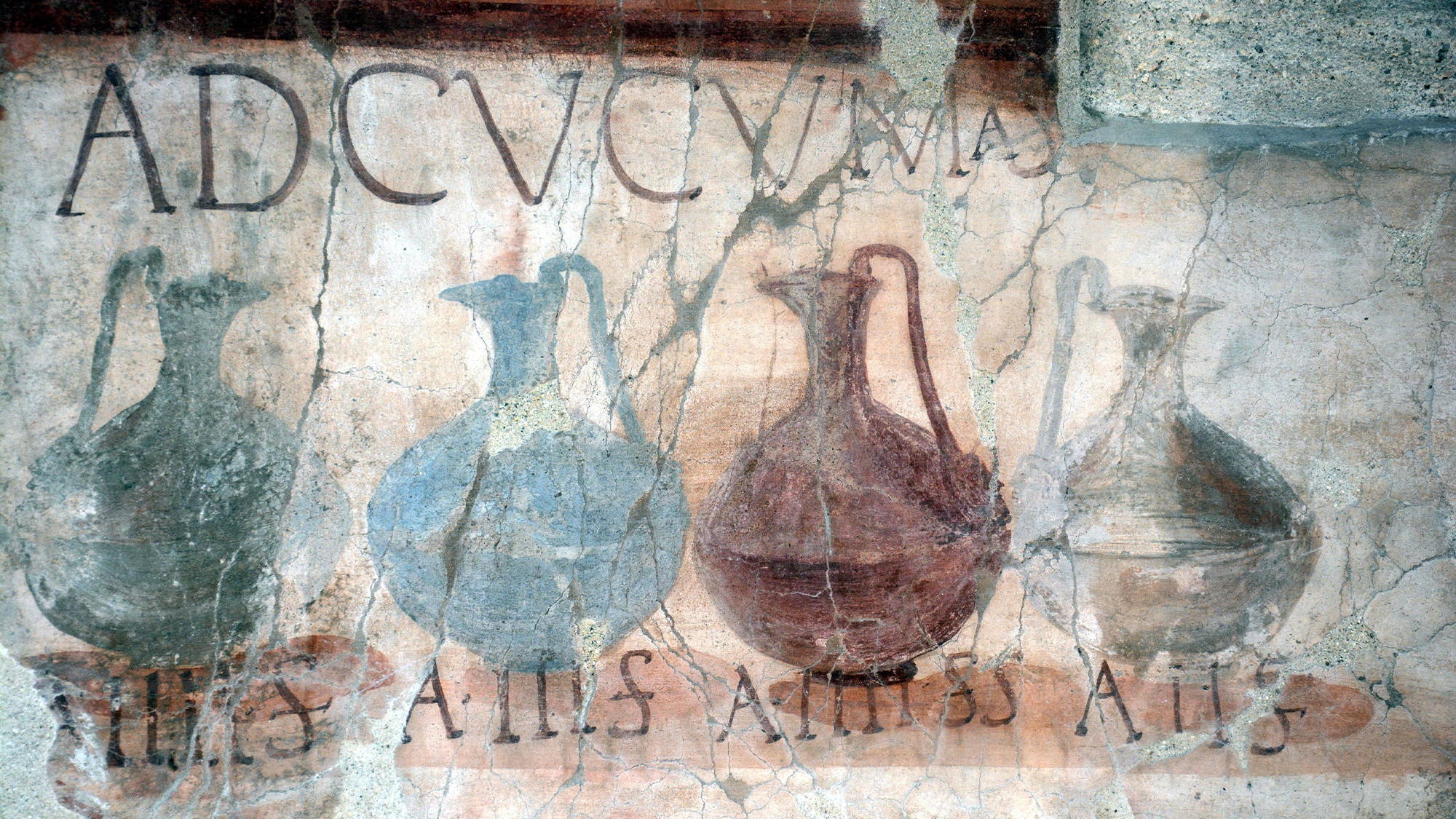
Just like the aging of a fine wine, the domestication of grapevines throughout Italy was a pretty slow process. One of the country’s signature exports developed over thousands of years. The earliest evidence of domesticated grapes in Italy dates back to the Bronze Age, between 1400 and 1200 BCE. The findings are detailed in a study published April 23 in the journal PLOS One.
Seeds of discovery
Today, grape cultivation produces about 80 million tons of fresh grapes annually. While Italian wine is very prominent, less is known about the history of viticulture in the western Mediterranean compared to other parts of Europe and Asia.
“Winemaking has had a profound significance for human culture and continues to do so today, both in religious ceremonies and cultural traditions,” study co-author and archaeobotanist Mariano Ucchesu tells Popular Science. “From an economic standpoint, grapes are among the most widely cultivated fruits in the world, so much so that more than 260 million hectolitres of wine are produced every year.”
In 2008, Ucchesu and other researchers on the Mediterranean island of Sardinia discovered a large amount of plant remains inside of a Bronze Age well. Due to the environment within the well, the plant remains were very well preserved–including thousands of grape seeds. Ucchesu began studying the seeds and plant remains for his doctoral thesis and the research team discovered that the archeological seeds belonged to domesticated–or farmed–variaties of grapes.
“Until then, it was believed that it was the Phoenicians and later the Romans who spread domesticated grapes in Italy, while our study showed that domesticated grapes were already present in Sardinia around 3,000 years ago,” says Ucchesu. “This discovery led me to further investigate the phenomenon; I wanted to understand whether the case of Sardinia was an isolated one or if there were similar cases elsewhere in continental Italy.”

A new wine timeline
In this new study, Ucchesu and a team from institutions in France, Italy, and Spain analyzed over 1,700 grape seeds uncovered from 25 archaeological sites in and around Italy. The seeds span 7,000 years, from the Neolithic Period up to the Medieval Period.
In the sites older than 1000 BCE, nearly all of the grape seeds share the size and proportions of modern wild grapevines. This suggests that these fruits were gathered from the wild. Things started to change from roughly 1000 BCE up to 600 CE. The majority of the grape seeds from this time period appear shaped more like modern domesticated varieties. However, there still appears to be considerable variation in the seed size and proportions and the ratio of both domestic and wild grapes from site to site. By the Medieval Period–about 700 CE–domestic grape seeds are plentiful and very similar to modern cultivated grapes. This timeline indicates that grape cultivation in Italy likely started during the Late Bronze Age. Many centuries of gradual domestication likely followed, with mixing of wild and cultivated wines to create new domestic varieties.
[ Related: Trojans of all classes enjoyed a nice jug of wine. ]
Two Italian regions particularly show evidence of these first traces. Campania, in southeastern Italy, had grape seeds that were more domesticated and found in the Grotta di Pertosa caves. In Sardinia, thousands of grape seeds were discovered at the archaeological site of Sa Osa.
According to Ucchesu, understanding how grape seeds evolve over time was one of the most surprising parts of this study. The radical shift in seed shape that occurred in the Sixth Millennium BCE indicates that communities began to take a real interest in grape cultivation around this time.
“The shape of the seeds continued to evolve up to the Roman period, during which grape cultivation intensified, giving rise to new varieties through the crossing of wild and domesticated grapes,” he says.
‘Echoes of a thousand-year journey’
While these results do align with some precious research, future study at more archaeological sites will help fill in this picture of Mediterranean grape cultivation. The team from this study is currently planning a project to analyze the ancient DNA from archaeological materials to identify which ancient seeds led to today’s grape varieties.
For any and all wine enthusiasts, Ucchesu also says it’s important, “to imagine that, with each sip of fine wine, we are tasting the echoes of a thousand-year journey, a story woven through time to arrive at our palate.”
The post Cheers to Bronze Age humans for delicious Italian wine appeared first on Popular Science.














